I'm researching the heavy hitters of my homeland. Grizzly bears. Bald eagles. The iconic feathers and fur of the Endangered Species List. They were both list bound when 'endangered' became a buzzword half a century ago. So were 73 other animals, including 21 fish. Those 75 species are officially called the Class of 1967.
The Class, created two years after the Land and Water Conservation Fund (LWCF), turned into law with the Endangered Species Act of 1973. LWCF didn't turn into anything else and funding for it isn't permanent. LWCF ebbs and flows up to $900 million annually. Actual allotments are rarely more than half of that, but there's always been at least a trickle. Congress has until September 30 to decide if the trickle continues. That's why LWCF is the acronym on natural resource radar right now.
LWCF is funded by offshore oil and gas leases not taxpayers. The politicians put in office by taxpayers decide its fate. LWCF protects much of my public land playground in Idaho like it does in many Western states. But in all reality, every state has LWCF benefits within its borders.
The Department of Interior reports our states, totaled as one nation, are receiving $100 million from LWCF this year for qualified conservation projects that include everything from undeveloped forest to city parks. Every state uses LWCF. All 50 of them. Chances are, those states don't want their piece of the pie to go away at the end of the month. Neither do the outdoorsmen in those states.
According to a new report by the National Wildlife Federation, LWCF is critical in two ways: access and availability. LWCF buys access to available open space. Space that is quickly disappearing with urban sprawl. In many cases, the fund saves open space for the wild and for those of us who escape to the wild.
"Wildlife always benefits from open space and we benefit by gaining access to that open space," says Aaron Kindle, National Wildlife Federation Western sporting campaigns senior manager. "Sometimes people couldn't go to these places at all without LWCF and these places wouldn't be protected for wildlife unless LWCF existed."
LWCF's connection to the Class of 1967 is significant because those original 75 endangered animals need protected places to recover. LWCF protects land where grizzly bears, delisted in 2017, and bald eagles, delisted in 2007 live. LWCF money also protects wild water like the Snake River. LWCF keeps most of its South Fork cottonwood corridor in an access-open, development-closed state of rare idolization.
Yellowstone cutthroat trout strong holding in the South Fork of the Snake aren't part of the Class, but other cutts are. Of the 21 fish in the Class of 1967, five of them are trout. Here's why those fins fell on the original list in 1967 and how they're doing today.
Apache Trout
White Mountains, Arizona
1967 status: Threatened
Mistaken as Colorado cutthroat. Reduced to 30 miles of stream.
2018 status: Threatened
Arizona state fish with 28 populations in 170 miles of stream.
Gila Trout
Gila River headwaters, New Mexico
1967 status: Endangered
About 5% of native range.
2018 status: Threatened
Downlisted in 2006. First fishing season in 50 years started in 2007.
Greenback Cutthroat Trout
Pikes Peak, Colorado
1967 status: Threatened
Rapid decline going back to 1800s.
2018 status: Threatened
One population of true greenback left. Reintroduced in 2016.
Montana Westslope Cutthroat Trout
Idaho, Montana, Oregon, Washington, Wyoming
1967 status: Threatened by assumption
2018 status: Not Listed
Removed in 1970. Population stable throughout historic range.
Paiute Cutthroat Trout
Silver King Creek, CA-NV border
1967 status: Endangered
Reduced to 11 miles of stream.
2018 status: Threatened
Downlisted in 1975. Increased to 24 miles of stream.
You can explore the entirety of the Class of '67 by visiting the U.S. Fish & Wildlife Service.




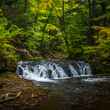
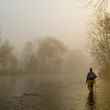
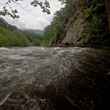





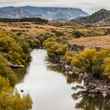




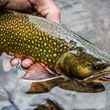



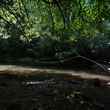




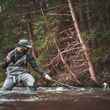
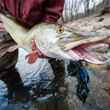

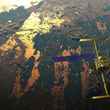
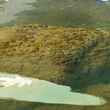
Comments